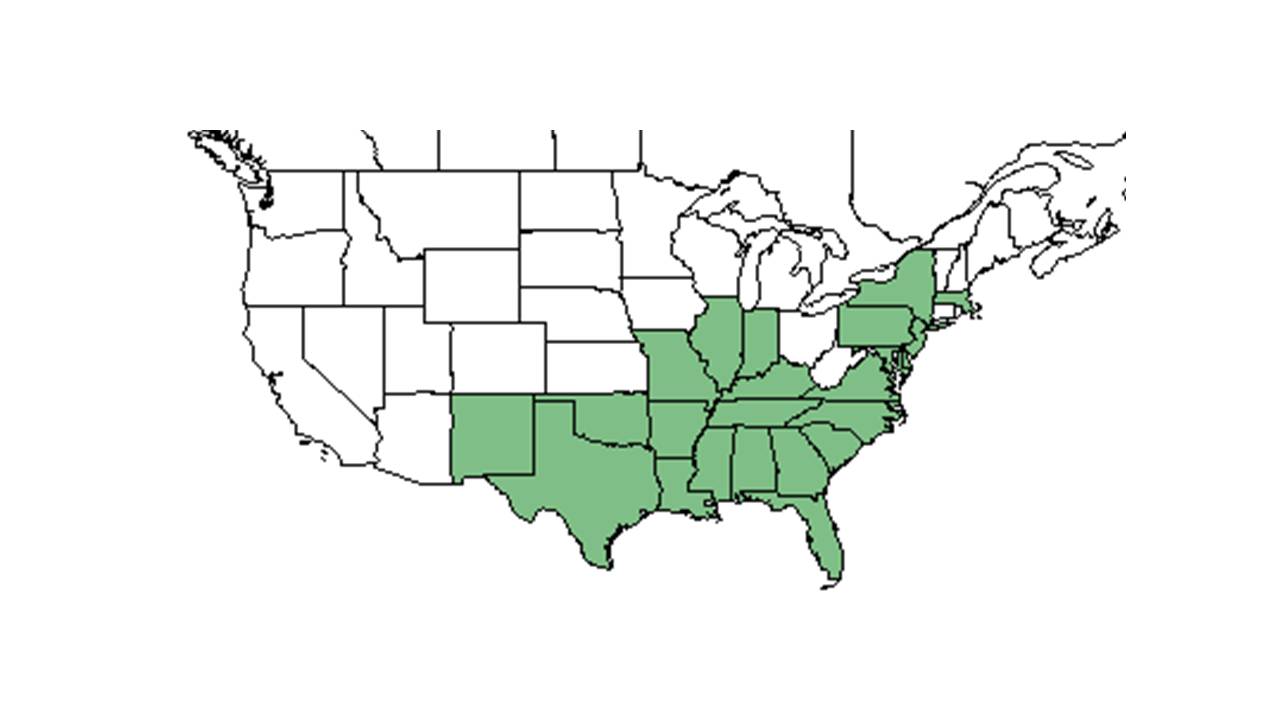Difference between revisions of "Cyperus retrorsus"
(→Description) |
|||
| Line 19: | Line 19: | ||
==Description== | ==Description== | ||
<!-- Basic life history facts such as annual/perrenial, monoecious/dioecious, root morphology, seed type, etc. --> | <!-- Basic life history facts such as annual/perrenial, monoecious/dioecious, root morphology, seed type, etc. --> | ||
| + | Common Name: pine barren flatsedge | ||
| + | |||
==Distribution== | ==Distribution== | ||
==Ecology== | ==Ecology== | ||
Revision as of 17:16, 2 July 2015
| Cyperus retrorsus | |
|---|---|

| |
| Scientific classification | |
| Kingdom: | Plantae |
| Division: | Magnoliophyta - Flowering plants |
| Class: | Liliopsida – Monocotyledons |
| Order: | Cyperales |
| Family: | Cyperaceae |
| Genus: | Cyperus |
| Species: | C. retrorsus |
| Binomial name | |
| Cyperus retrorsus Chapm. | |

| |
| Natural range of Cyperus retrorsus from USDA NRCS Plants Database. | |
Contents
[hide]Description
Common Name: pine barren flatsedge
Distribution
Ecology
Habitat
It requires wet summers and dry winters.[1]It can be found in pocosin communities[2], flatwoods communities[3], and longleaf pine communities[4].
Phenology
Seed dispersal
It accounted for .29% of a late-summer Virginia pocosin seed bank.[2]
Seed bank and germination
Fire ecology
It responds best to a moderate-severity level burn. It recovers from fire by resprouting and seed.[1] It significantly decreased over 25 years after fire in a scrubby flatwoods[5]
Pollination
Use by animals
Diseases and parasites
Conservation and Management
Cultivation and restoration
Photo Gallery
References and notes
- ↑ Jump up to: 1.0 1.1 Freeman, J. E. and L. N. Kobziar (2011). "Tracking postfire successional trajectories in a plant community adapted to high-severity fire." Ecological Applications 21: 61-74.
- ↑ Jump up to: 2.0 2.1 Bolin, J. F. (2007). "Seed bank response to wet heat and the vegetation structure of a Virginia pocosin." Journal of the Torrey Botanical Society 134: 80-88.
- Jump up ↑ Kalmbacher, R., N. Cellinese, et al. (2005). "Seeds obtained by vacuuming the soil surface after fire compared with soil seedbank in a flatwoods plant community." Native Plants Journal 6: 233-241.
- Jump up ↑ Ruth, A. D., S. Jose, et al. (2008). "Seed bank dynamics of sand pine scrub and longleaf pine flatwoods of the Gulf Coastal Plain (Florida)." Ecological Restoration 26: 19-21.
- Jump up ↑ Menges, E. S. and N. M. Kohfeldt (1995). "Life History Strategies of Florida Scrub Plants in Relation to Fire." Bulletin of the Torrey Botanical Club 122(4): 282-297.